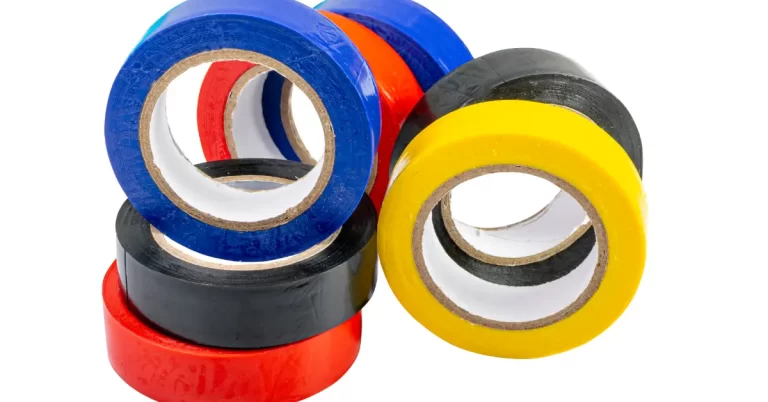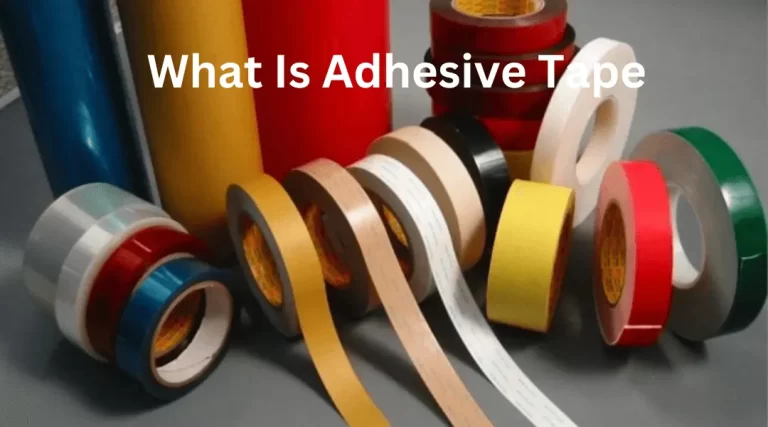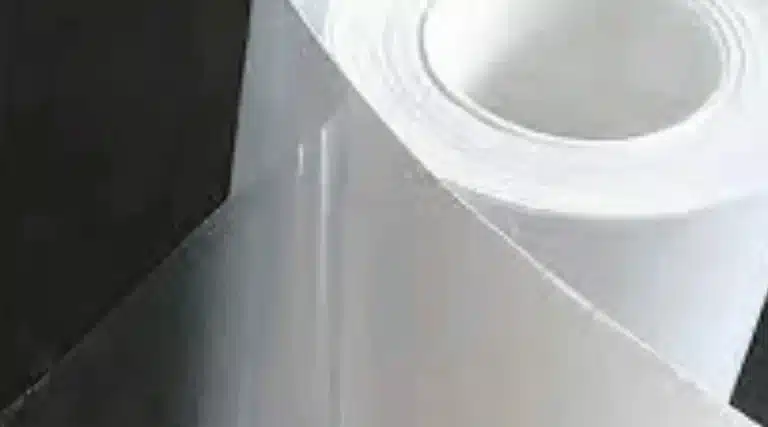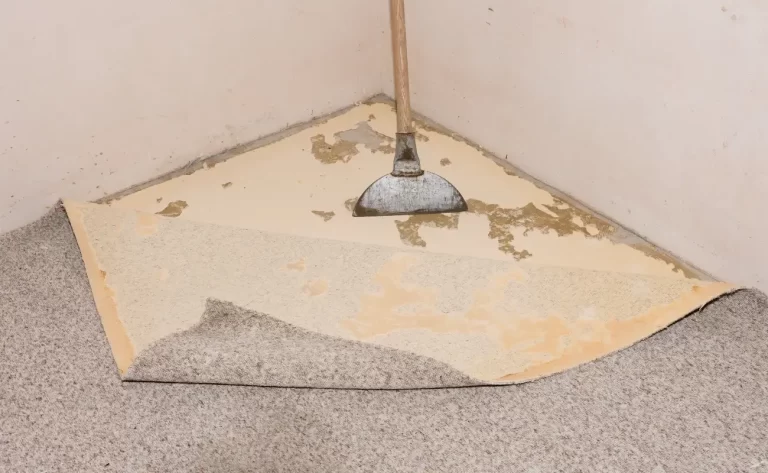Super glue is a powerful adhesive that is commonly used in various industries and households. It is known for its strength and quick bonding ability, making essential tool for many DIY projects. However, one of the most frequently asked questions about super glue is, How Long Does Super Glue Take to Dry?. In this post, we will explore the different factors that affect the drying time of super glue and provide you with the answers you need.
What is Super Glue?
Super Glue, also known as cyanoacrylate adhesive, is a type of fast-acting adhesive that creates a strong bond between two surfaces. It is made up of a chemical called cyanoacrylate, which reacts with moisture to create a strong bond. Super glue is widely used in various industries, including automotive, electronics, and construction, and is also a popular tool for DIY enthusiasts.
Super glue comes in different forms, including liquids, gels, and sprays. Its versatility makes it an ideal adhesive for different types of materials, including metal, plastic, wood, and ceramics.
Super glue is popularly used for bonding small objects, filling gaps, and repairing broken items. Its strong bonding ability makes it an essential tool for many DIY projects.
How Does Super Glue Work?
Super glue works by bonding two surfaces together through a chemical reaction. When super glue is applied to a surface, it reacts with the moisture in the air or on the surface to form a strong bond. The reaction between the cyanoacrylate and moisture creates heat, which helps to speed up the drying process.
Super glue works best on surfaces that are clean, dry, and free of any oil or grease. Any contaminants on the surface can weaken the bond and affect the drying time of the glue.
Factors That Affect the Drying Time of Super Glue
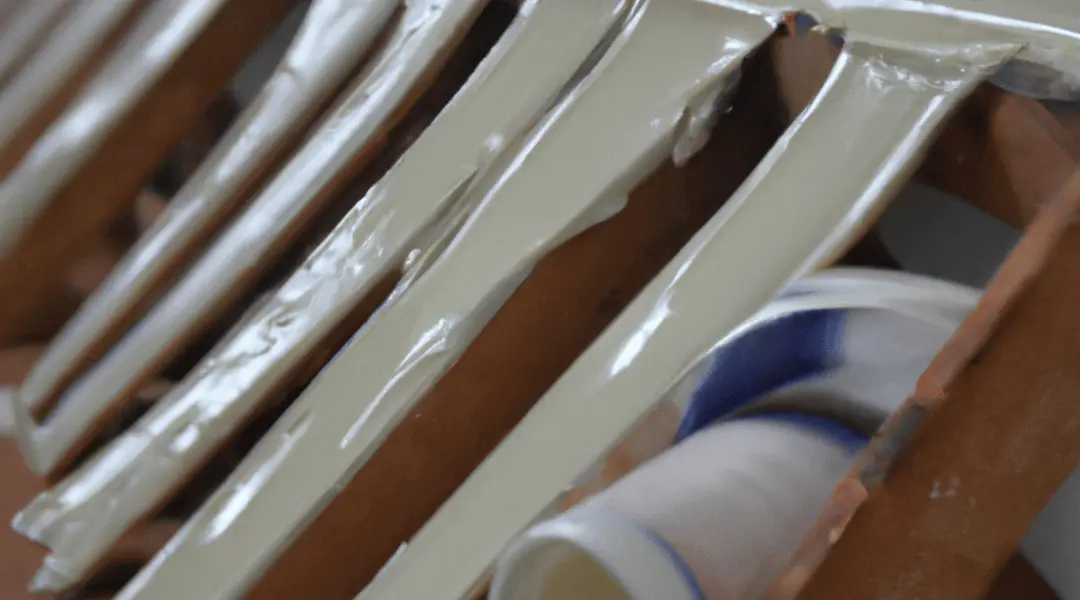
The drying time of super glue depends on several factors, including:
The type of super glue
Different types of super glue have different drying times, depending on their formulation.
The amount of glue applied
The more glue applied, the longer it will take to dry.
The humidity and temperature
Higher humidity and temperatures can speed up the drying time of super glue, while lower temperatures and humidity can slow it down.
The surface material
Some materials absorb moisture faster than others, affecting the drying time of super glue.
Types of Super Glue and Their Drying Time
There are different types of super glue available in the market, and each type has its unique drying time. Here are some common types of super glue and their drying time:
Standard super glue
This type of glue dries in about 10-20 seconds and reaches full strength in 24 hours.
Quick-setting super glue
This type of glue dries in about 5-15 seconds and reaches full strength in 1-2 hours.
Slow-setting super glue
This type of glue takes longer to dry, usually about 30 seconds to 2 minutes, and reaches full strength in 24 hours.
High-temperature super glue
This type of glue is designed to withstand high temperatures and dries in about 10-15 seconds.
Tips for Faster Drying Time
If you need to speed up the drying time of super glue, here are some tips that can help:
Apply a thin layer of glue
A thin layer of glue dries faster than a thick layer.
Use a quick-setting super glue
Quick-setting super glue dries faster types of super glue.
Apply heat
You can use a hairdryer or a heat gun to apply heat to the glued surface, which can speed up the drying time.
Surface
Any moisture or contaminants on the surface can slow down the drying time of super glue.
What Happens if You Don’t Wait for Super Glue to Dry?
It is important to wait for super glue to dry completely before using the bonded item. If you don’t wait for the glue to dry, the bond may not be strong enough, and the item may break or come apart.
Additionally, if you try to manipulate or move the glued item before it has fully dried, the bond may weaken, and the item may not hold up under stress or pressure.
How to Remove Super Glue
If you need to remove super glue, there are several methods you can use, including:
Acetone
Acetone can dissolve super glue and is commonly used to remove it from surfaces. However, it can also damage certain materials, so it’s essential to test it on a small, inconspicuous area before using it.
Warm, soapy water
Soaking the glued surface in warm, soapy water can help to loosen the bond and make it easier to remove.
Isopropyl alcohol
Isopropyl alcohol can also dissolve super glue and is safe to use on most surfaces.
Sanding
Sanding the glued surface can help to remove the glue, but it can also damage the surface.
Safety Precautions When Using Super Glue
Super glue is a powerful adhesive that can cause damage if not used correctly. Here are some safety precautions to take when using super glue:
Wear gloves
Super glue can bond skin together, so it’s essential to wear gloves when handling it.
Use in a well-ventilated area
Super glue can release fumes that can irritate the eyes, nose, and throat. Ensure that you use it in a well-ventilated inhaling the fumes.
Avoid contact with skin and eyes
If super glue comes in contact with the skin or eyes, rinse thoroughly with water and seek medical attention if necessary.
Store in a cool, dry place
Super glue can dry out if exposed to air or moisture, so it’s essential to store it in a cool, dry place.
Conclusion
Super glue is a powerful adhesive that can bond two surfaces together quickly and effectively. The drying time of super glue depends on various factors such of glue, the amount applied, humidity, temperature, and surface material. By understanding these factors and taking the necessary precautions, you can use super glue safely and effectively for your DIY projects.

